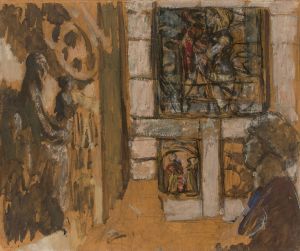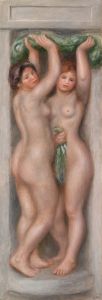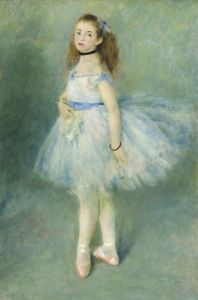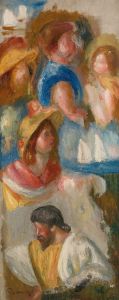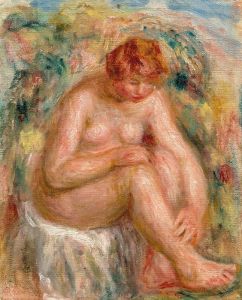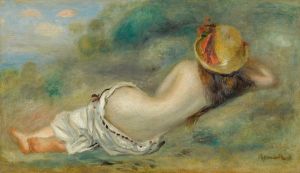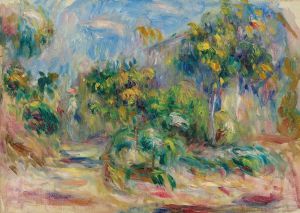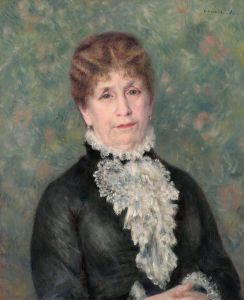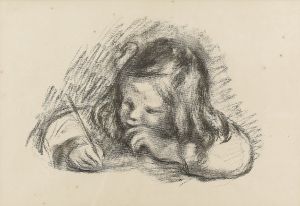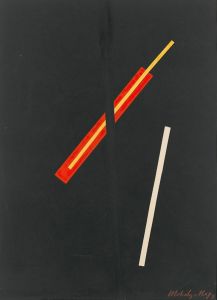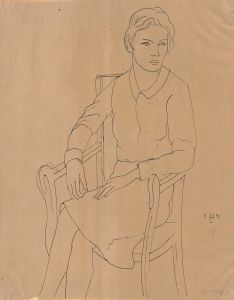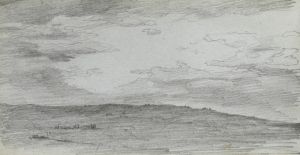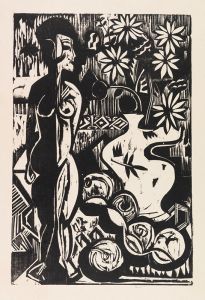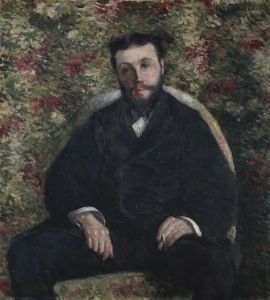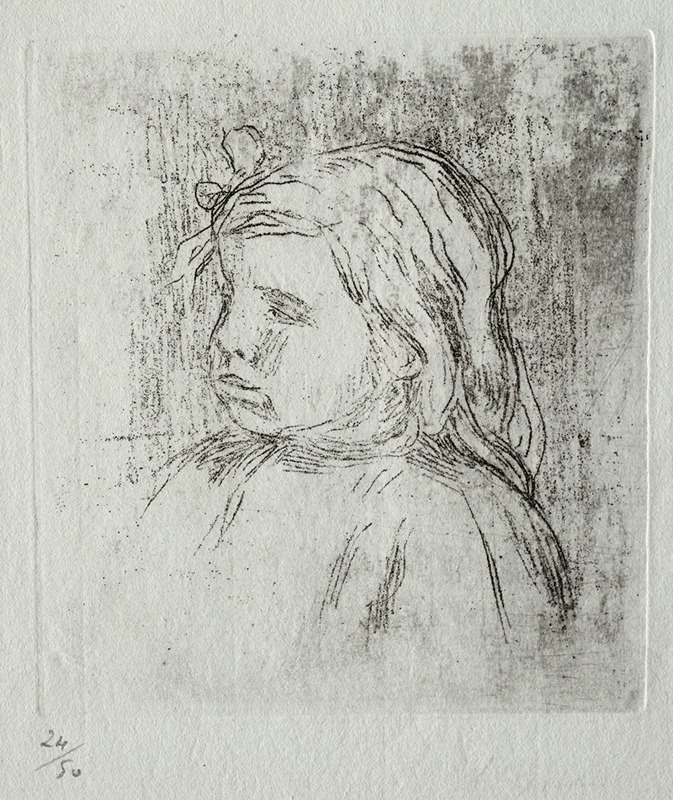
Claude Renoir, de trois-quarts à gauche
A hand-painted replica of Pierre-Auguste Renoir’s masterpiece Claude Renoir, de trois-quarts à gauche, meticulously crafted by professional artists to capture the true essence of the original. Each piece is created with museum-quality canvas and rare mineral pigments, carefully painted by experienced artists with delicate brushstrokes and rich, layered colors to perfectly recreate the texture of the original artwork. Unlike machine-printed reproductions, this hand-painted version brings the painting to life, infused with the artist’s emotions and skill in every stroke. Whether for personal collection or home decoration, it instantly elevates the artistic atmosphere of any space.
"Claude Renoir, de trois-quarts à gauche" is a painting by the renowned French Impressionist artist Pierre-Auguste Renoir. This artwork features Renoir's second son, Claude Renoir, who was often affectionately called "Coco." Painted in 1902, the portrait is a testament to Renoir's skill in capturing the essence and personality of his subjects, particularly those close to him.
Pierre-Auguste Renoir was a leading figure in the Impressionist movement, known for his vibrant light and saturated color, often focusing on people in intimate and candid compositions. His work frequently depicted family members and close friends, providing a personal glimpse into his life and relationships. "Claude Renoir, de trois-quarts à gauche" is no exception, offering insight into the artist's familial bonds and his affection for his son.
The painting portrays Claude Renoir in a three-quarter view, a common pose that allows for a dynamic representation of the subject. Renoir's use of soft brushstrokes and a warm color palette imbues the portrait with a sense of warmth and tenderness. The background is typically Impressionist, with a loose, almost abstract quality that contrasts with the more defined features of Claude's face. This technique draws the viewer's attention to the subject's expression and demeanor, highlighting Renoir's ability to convey emotion and character through his art.
Renoir's portraits of his children are particularly notable for their intimacy and affection. In "Claude Renoir, de trois-quarts à gauche," the artist captures the innocence and curiosity of childhood. Claude's gaze is directed slightly away from the viewer, suggesting a moment of contemplation or daydreaming. This subtlety in expression is a hallmark of Renoir's portraiture, where the emotional depth is conveyed through nuanced details rather than overt gestures.
The painting is also an example of Renoir's evolving style. By the early 20th century, Renoir had moved away from the pure Impressionism of his earlier years, incorporating more classical elements into his work. This shift is evident in the more structured composition and refined brushwork of "Claude Renoir, de trois-quarts à gauche," reflecting Renoir's continuous exploration and adaptation of artistic techniques throughout his career.
"Claude Renoir, de trois-quarts à gauche" is housed in the Musée de l'Orangerie in Paris, a museum known for its extensive collection of Impressionist and Post-Impressionist masterpieces. The painting is part of a larger collection of Renoir's works that showcase his versatility and mastery in various genres, from portraiture to landscapes and still lifes.
In summary, "Claude Renoir, de trois-quarts à gauche" is a significant work within Pierre-Auguste Renoir's oeuvre, exemplifying his ability to blend Impressionist techniques with a personal, intimate approach to portraiture. The painting not only highlights Renoir's technical skill but also his deep emotional connection to his subjects, offering viewers a glimpse into the artist's private world and the familial relationships that inspired much of his work.





